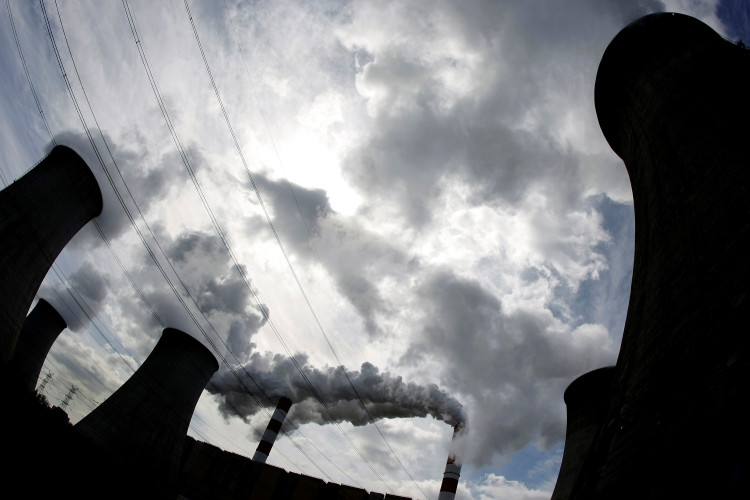The world's two largest greenhouse gas emitters, China and the U.S., announced a deal earlier this month to increase cooperation in combating climate change, notably by reducing methane emissions.
Now, China's environment ministry has announced that it will investigate methane emissions in important areas such as agriculture, coal mining, and petroleum, and publish a nationwide methane emission reduction action plan.
Methane is produced through the generation of energy, the raising of cattle, and the decomposition of organic waste in landfills. It has a shorter lifetime in the atmosphere than carbon dioxide but is 80 times more powerful in heating up our planet.
"The formulation of a methane action plan is ... an important work of China's active response to climate change strategy, and an important measure to implement the Sino-US joint declaration," Lu Xinming, a vice director of the climate change department at the Ministry of Ecology and Environment (MEE), told a news briefing.
According to the most recent official data, China's methane emissions totaled 55.29 million tons in 2014, accounting for 10.4% of the country's total greenhouse gas emissions. Agriculture accounted approximately 40% of methane emissions, while the energy sector provided 45%.
The MEE will also set standards for the reduction and utilization of methane emissions in the coal and petroleum industries, as well as encourage enterprises to reduce methane emissions through market transactions, Lu said.
China has a carbon emissions trading platform, but not one for methane.
The time frame and specific targets for the nationwide methane reduction action plan were not disclosed by the MEE. However, a MEE official, who did not want to be identified because he is not authorized to speak to the media, claimed the plan would be published in 2022.
More than a hundred countries, including the U.S., Japan, and Canada, have committed to reducing methane emissions, a short-lived but strong greenhouse gas.
Signatories to the Global Methane Pledge, which was unveiled at COP26 in Glasgow, U.K., agree to reduce their overall emissions by 30% by 2030 compared to 2020 levels. The U.S. also released a detailed roadmap for achieving the goal.
The new initiative focuses on reducing greenhouse gas emissions by addressing methane emissions from oil and gas wells, pipelines, and other fossil fuel infrastructure. Other sources of gas, such as animal farms and decaying garbage in landfills, contribute significant amounts of the gas.
While most international climate summits focus on carbon dioxide, which is the primary driver of the 1.1°C of global warming since pre-industrial levels, methane is responsible for around 30% of global warming to date.






